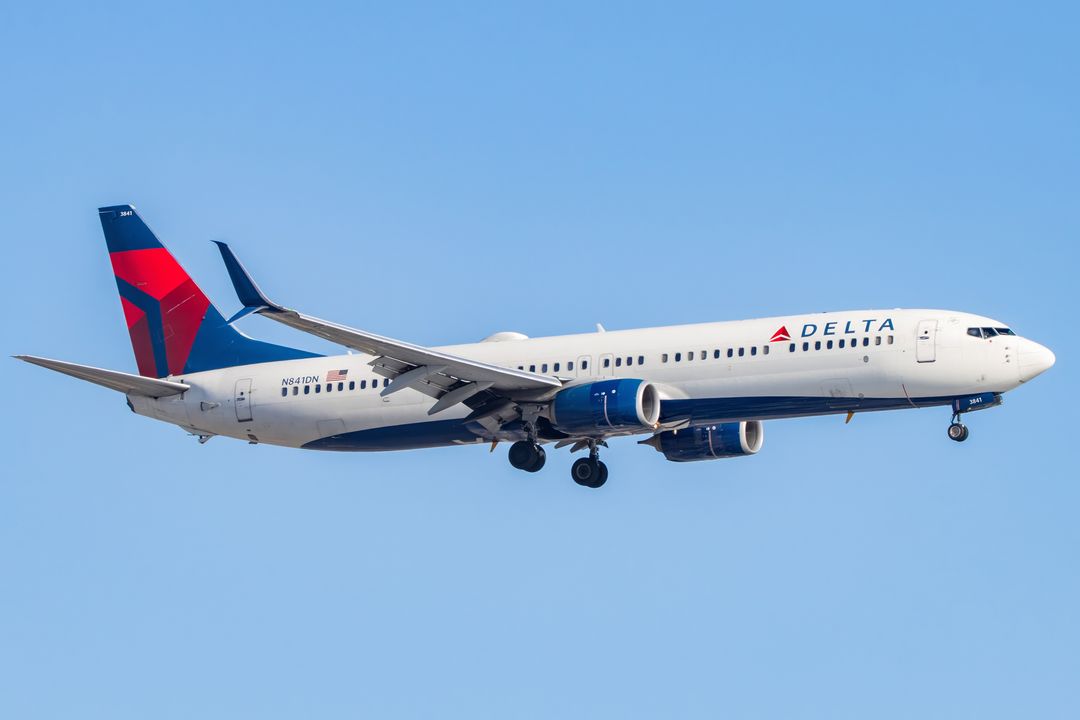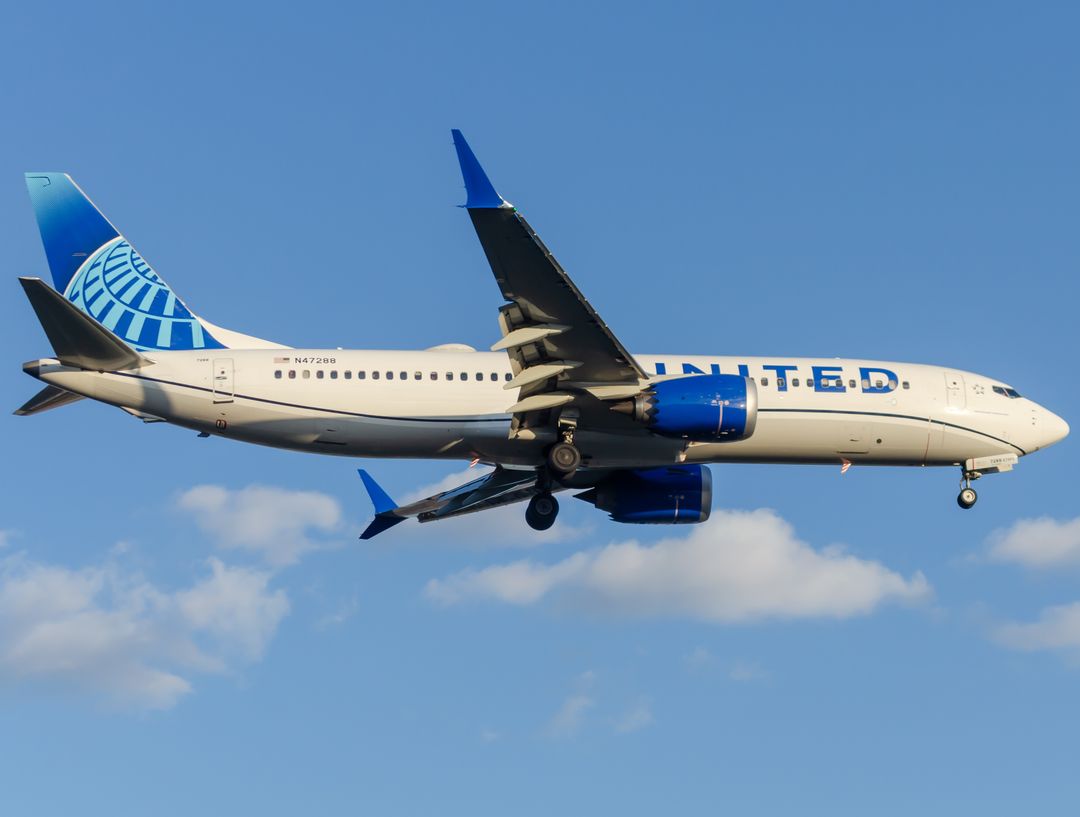When the average person ponders aviation, the one job that comes to mind is pilot. The people working this one specific job are responsible for keeping commercial and military flights running and on time across the world. Yet, in 2024, this crucial job has a global shortage. So, what is causing this shortage? Is it as serious as some like to espouse? If so, what are airlines doing to resolve this crisis?

One of the primary factors one considers when pursuing a higher education and considering one's future career path is the return on investment the specific career will provide that person. That is how fast a person can recuperate the money they spend on obtaining a higher education or specialized training to get that job and how much that person will earn afterwards.
This is true for most fields, including aviation. In previous decades, the "return on investment" for pilots was quite high, with most pilots emerging from the military or higher education/flight training eagerly heading to airlines due to their attractive working hours and high salaries. One of the most appealing aspects of becoming a pilot in the past was the salary and fast return on investment. Before the 1980s, most pilots had the same salary as doctors, with senior pilots earning as much as twice a doctor's salary.

So What Changed?
Many pilots who went the civilian route and earned their licenses through higher education and flight training schools could recuperate their education costs plus more in a fraction of the time it takes new pilots today to do the same.
In 2024, cost is a major barrier to prospective and want-to-be airline pilots. Nearly every major airline requires airline pilots to hold a minimum of an airline transport pilot's license (ATPL). Flight training has always been an expensive endeavor if not done through the military, and now more than ever. According to the Pilot Institute, the average cost of flight training with or without a private pilot's license (PPL) is $77,500 in the United States, with the cheapest one expected to pay $55,000.
That's right. Flight training in the United States costs more than certain colleges and universities.

Certain universities in the United States, such as Embry Riddle Aeronautical University, offer joint programs where one earns a bachelor's or master's (BSc/MSc) degree and an ATPL license. However, these programs can cost upwards of $100,000. This major limiting factor prevents people from becoming pilots in the United States. Most major airlines prefer if pilots also hold some sort of college or university degree, but this is not a necessary requirement.
Many who want a university degree and pilot license will go abroad to universities in Europe and Asia, as they offer cheaper, university-sponsored flight training programs. Some examples include the Czech Technical Universities Professional Pilot (PIL) program and two programs at the Estonian Aviation Academy.
Assuming that after obtaining their ATPL and flying the necessary 1,500 hours (in the United States), one can land their first airline pilot job at a regional airline contracted to work for one of the big three U.S. airlines such as Delta, American, and United. While the salary is rather pleasant for a starting position (around $50,000), the long hours (four to five flights per day for five days) and short rest periods, often less than 10 hours, make one's first few years starting as a pilot a tiring and somewhat unpleasant endeavor.

The COVID-19 Pandemic
During the onset of the worldwide pandemic in 2020, many major airlines forced older pilots into early retirement by offering generous early retirement packages to save money and consolidate resources. On top of this, the "flight training pipeline", the steady supply of new airline pilots, was disrupted with the pandemic's start. This disruption, combined with an increased retirement and departure of pilots to cargo airlines, which thrived during the pandemic, spelt out a recipe for disaster.
What Does This Mean For You?
Per Oliver Wyman, there will be a shortage of 34,000 pilots worldwide by 2025. While the figures are projected to improve by 2030, there will still be a need for around 20,000 additional pilots, a hard gap to fill.
If you are a lifelong aviation enthusiast or want to fly and become a pilot, now has never been a better time. Major airlines such as United and Alaska Airlines offer their own flight schools that do not require college/university degrees. These flight programs are expensive but do have financial aid options. Alaska Airlines offers a $25,000 stipend, and United has loan providers to allow cadets to complete their flight training.

After training at airline-sponsored flight schools, cadets have a direct path to working at that major airline. Job security is hard to come by in the aviation industry, as proved by the COVID-19 pandemic. Hence, an airline offering job security is an attractive offer to a prospective pilot.
With the current pilot shortage, many airlines are forced to cancel flights due to a lack of crew availability, leading to airlines losing revenue. Entire regional airlines have had to shut down as the shortage hits them the hardest. Most major airlines have done much of the hiring of pilots in the past few years, leaving regional carriers without pilots. In turn, this has resulted in many smaller U.S. communities and airports losing commercial airline service due to the lack of pilots, bringing economic development elsewhere and, in some cases, crippling communities entirely.
The Top 5 Longest Flights in the World » Should Students Have Homework? Better After-School Balance » Frontier Airlines Wraps Up 2025 with Major International Expansion from Atlanta »
Comments (0)
Add Your Comment
SHARE
TAGS
INFORMATIONAL Pilot Economics Boeing Airbus United States Europe Asia United Airlines Alaska AirlinesRECENTLY PUBLISHED
 The Top 5 Longest Flights in the World
Technology continues to transform the way we live, work, and connect. Few industries embody this more than air travel, which has effectively shrunk the world in recent years. Journeys that would have once seemed impossible can now be completed in mere hours. Here's a look at the World's Top 5 flights, ranked by distance.
INFORMATIONAL
READ MORE »
The Top 5 Longest Flights in the World
Technology continues to transform the way we live, work, and connect. Few industries embody this more than air travel, which has effectively shrunk the world in recent years. Journeys that would have once seemed impossible can now be completed in mere hours. Here's a look at the World's Top 5 flights, ranked by distance.
INFORMATIONAL
READ MORE »
 Top 5 Unique Gifts for Pilots & Aviation Lovers Under $50
Discover five budget-friendly aviation gifts for under $50, ranging from stylish polarized aviator sunglasses and airplane pattern ties to practical VFR sectional flashcards. This curated list offers the perfect mix of professional utility and industrial decor for every pilot and flight enthusiast.
STORIES
READ MORE »
Top 5 Unique Gifts for Pilots & Aviation Lovers Under $50
Discover five budget-friendly aviation gifts for under $50, ranging from stylish polarized aviator sunglasses and airplane pattern ties to practical VFR sectional flashcards. This curated list offers the perfect mix of professional utility and industrial decor for every pilot and flight enthusiast.
STORIES
READ MORE »
 Memphis at Midnight: Inside FedEx's Global Superhub
When considering major hub airports in the United States, few might think of Memphis International Airport (MEM). This facility, which is only the second busiest in Tennessee based on passenger volumes, might not boast an impressive flight schedule from passenger airlines. However, across the airfield from Memphis' passenger terminal, FedEx has turned the airport into a critical cargo superhub. In fact, between the hours of 10:00 PM and 5:00 AM, Memphis becomes the busiest airport in the world.
INFORMATIONAL
READ MORE »
Memphis at Midnight: Inside FedEx's Global Superhub
When considering major hub airports in the United States, few might think of Memphis International Airport (MEM). This facility, which is only the second busiest in Tennessee based on passenger volumes, might not boast an impressive flight schedule from passenger airlines. However, across the airfield from Memphis' passenger terminal, FedEx has turned the airport into a critical cargo superhub. In fact, between the hours of 10:00 PM and 5:00 AM, Memphis becomes the busiest airport in the world.
INFORMATIONAL
READ MORE »



